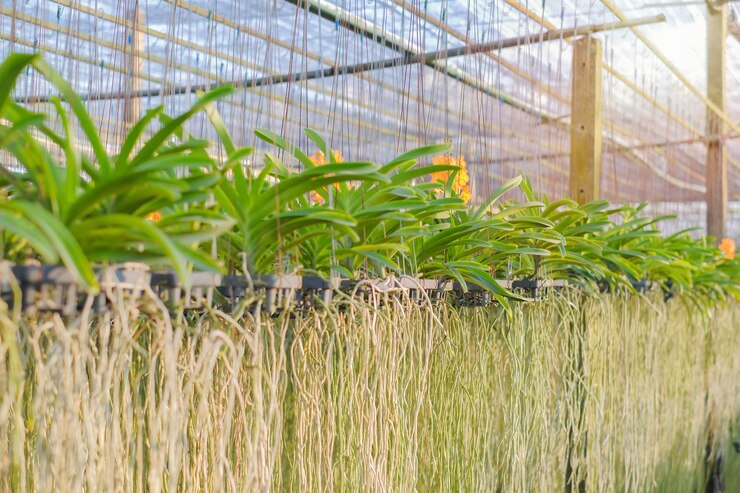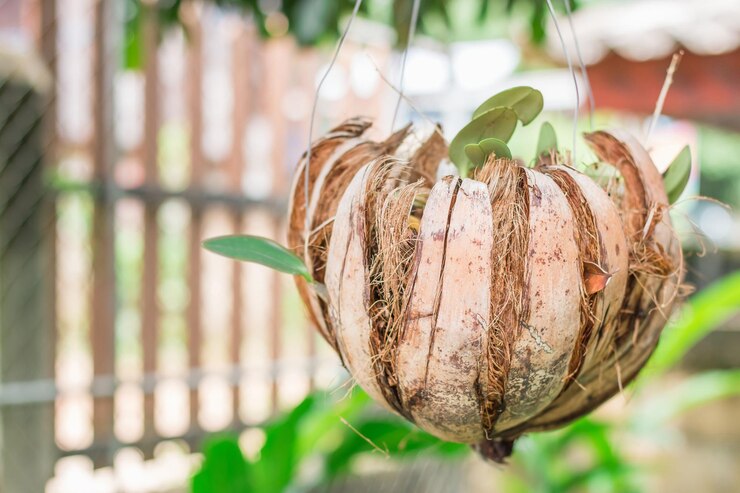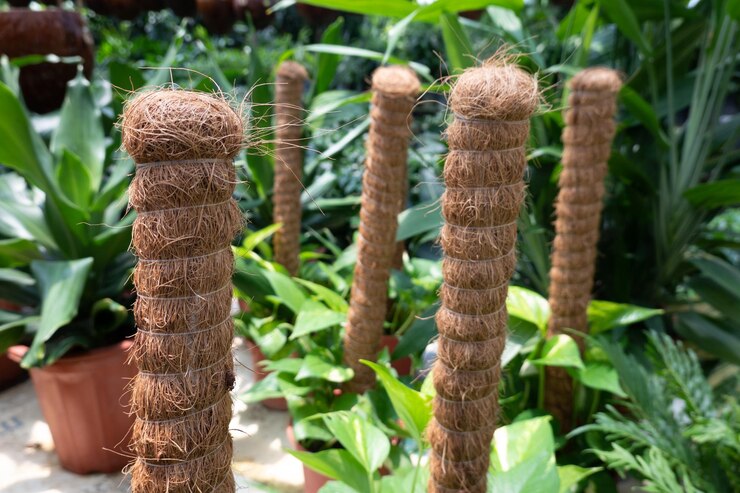Coco Coir Hydroponics
Hydroponics — the method of growing plants without soil — is transforming agriculture. Among various hydroponic growing media, coco coir stands out as one of the best. Made from the fibrous husk of coconuts, coco coir offers the perfect balance of water retention, aeration, and sustainability, making it ideal for hydroponic systems of all scales. Whether you’re a home gardener or a commercial grower, coco coir hydroponics can take your cultivation game to the next level.
🌾 Why Use Coco Coir in Hydroponics?
✅ 1. Superior Water Retention Coco coir holds water extremely well, ensuring consistent moisture availability to the roots without causing waterlogging.
- ✅ 2. Excellent Aeration : Its structure allows air pockets between fibers, promoting oxygen flow to the roots, which is essential for hydroponic success.
- ✅ 3. Reusable and Sustainable Unlike rockwool or peat moss, coco coir is renewable, biodegradable, and can be reused multiple times with proper treatment.
- ✅ 4. Disease Resistance Coco coir is naturally resistant to pathogens, fungi, and harmful bacteria. It also suppresses weed growth, keeping the system clean
-
✅ 5. Eco-Friendly Choice
:
Coco coir is a byproduct of coconut farming. Using it supports waste reduction and sustainable agricultural practices.
-
🌿 Coco Coir Mixes for Hydroponics
Mix Purpose Coco Coir + Perlite (70:30) Enhances drainage and oxygenation Coco Coir + Vermiculite Increases moisture retention Coco Coir + Clay Pebbles Ideal for larger hydroponic setups
-






